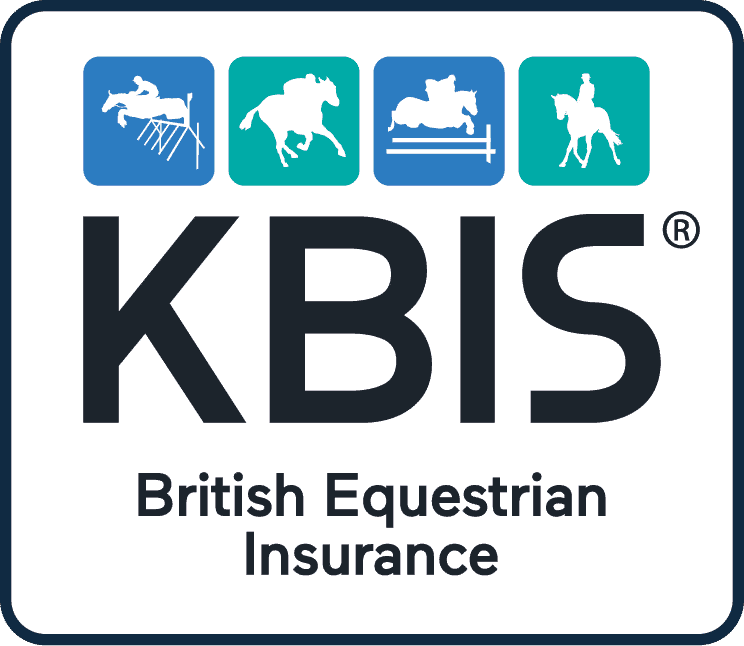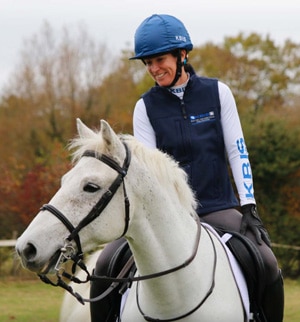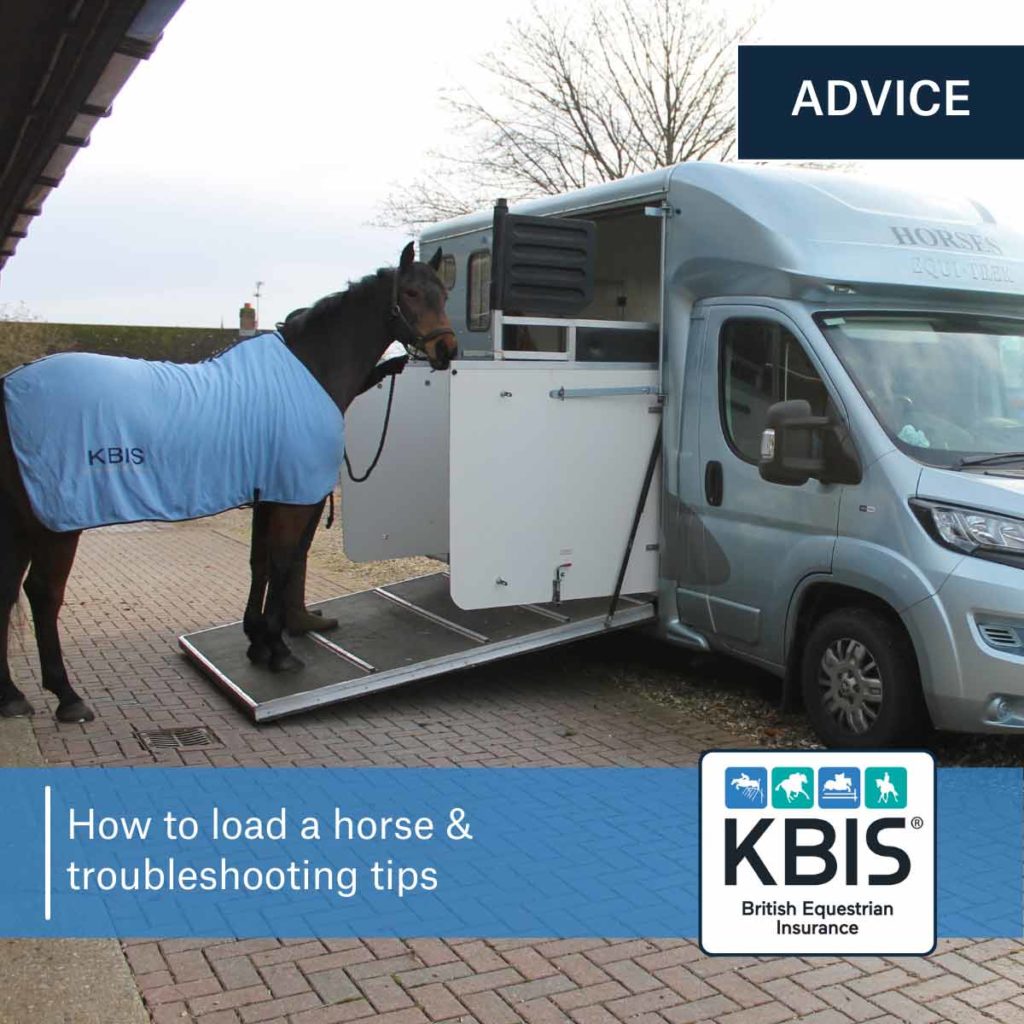Most horses will need to be travelled in a trailer or lorry at some point in their lives. Whether you need to move them to a new yard, take them to the vets or head out for a competition, travelling is a common part of an equine’s life which is why it’s important to teach them how to do so politely and safely.
In this guide, we look at the necessary safety measures, walk you through a step-by-step guide to loading a horse into a trailer and provide you with advice on how to load a stubborn horse into a trailer or lorry.
Safety measures for loading a horse into a trailer or lorry
Before you load up, there are several safety measures you should bear in mind to ensure both you and your horse are safe throughout.
1. Be aware of your space
When loading your horse, make sure you’re aware of your space and where your horse is at all times. Never position yourself between your horse and the trailer or lorry wall as you could be squashed if your horse panics. Be wary of their back end too and never stand directly behind as you may get kicked or if your horse isn’t properly secured, they may charge straight into you.
2. Wear the right gear
This one goes for both you and your horse. For you, make sure you’re wearing a helmet – with the chin strap done up –, gloves and sturdy boots with grip. For your horse, a leather headcollar is a good idea as this will break under stress, alongside this, travel boots, a tail bandage or guard and if it’s chilly, a travel rug should be worn. Even if your horse is the most seasoned loader and traveller, always ensure you both wear the correct gear as you never know when something may cause your horse to spook or panic and it’s better to be safe than sorry.
3. Always ensure your trailer is hooked up to a vehicle
This point is only relevant to trailers, but it is important all the same. Horses are incredibly heavy animals and their weight moving around on a trailer could cause it to move. Not only is this extremely dangerous, but if an incident occurs or the trailer moves it will likely make your horse reluctant to load in the future.
How to load a horse in a trailer six simple steps
Whether you’re loading a horse for the first time or are looking for a refresher, here’s how to load a horse into a trailer properly and safely:
Step one: preparing the trailer
Before getting your horse loaded, make sure all your things are packed and you’re ready to go. Many horses can become stressed if they’re made to hang about on the trailer or lorry for too long, so it’s a good idea to get going as soon as possible. Make sure you lower the back ramp and then open the front ramp and jockey door to make it look brighter and more inviting.
Step two: leading to the ramp
Lead your horse from the near side and look up, straight ahead. Keep them in a nice active walk, but don’t drag them as this may make them stop.
Step three: leading up the ramp
Remain at your horse’s side as you reach the ramp and keep on looking ahead. If they stop, let them have a look and a sniff, then apply pressure to ask them to move forwards with you. Once you get to the partition, go slightly ahead of them to ensure you both can fit.
Step four: on the trailer
Duck under the breast bar and then tie your horse up at the correct length. Their lead rope should be long enough so they can eat their hay, but short enough so they can’t reach the other horse (if travelling with a companion), turn around or get their head trapped under the rope or partition. Bailing twine has a breakaway point of 500kg, so it’s best to use safety release ties in the trailer instead.
Step five: fastening the breach bar
If you have a helper, you can get them to fasten the breach bar as you tie your horse up. If not, once your horse is tied, exit through the jockey door, then fasten the breach bar, ensuring you stand to the side of your horse.
Step six: closing the ramps and doors
Close all ramps and doors slowly and as quietly as you can so you don’t spook them. Whilst you do this, it may be helpful to talk to them in an encouraging voice to let them know you’re there. Once you’ve closed up, do a final check to make sure they’re all locked and shut correctly.
How to load a horse that won’t load
In an ideal world, every horse would be a self-loader that hops on happily to the trailer or lorry, but unfortunately, that’s not always possible. In some instances, horses can be reluctant to load, particularly if they’re young and green or have had a negative experience in the past. These types of horses require a little more training and patience to get them loading correctly, here are some tips on how to load a stubborn horse:
Go back to basics
If you’ve got a horse that plants, gets stressed out or simply won’t load, it’s time to go back to the basics with groundwork. Try setting up obstacle courses with jump wings or barrels and poles in a narrow alley to mimic the set-up of your lorry or trailer. Get them used to walking through the poles and once they’re doing this comfortably, ask them to wait between them.
Teaching them about pressure and release is also invaluable when it comes to loading as it tells them how to correctly respond to pressure. You can teach this with a very simple exercise that involves applying pressure with your lead rope to ask your horse to come forward, then rewarding them with a release in the pressure when they do so.
Practise practise practise
Your horse may only see your lorry or trailer when it’s time to head out, but it’s actually a good idea to practise before the real thing. When approaching the ramp, be confident. This is very important as horses get their confidence from you and are masters at reading emotions, if you’re stressed and anxious, you’re telling them there’s something to be afraid of and they may become fearful.
If at first they don’t want to approach, encourage them forwards and if they back up, stop and ask them to come back to you, holding the pressure and only releasing it once they’re back with you. Reward even the tiniest step towards the trailer or lorry with releases in pressure and plenty of praise. Building positive associations is key to getting them loading well.
Whilst you’re practising, give regular breaks, but only after they’ve responded to pressure. Make all practice sessions short to begin with, sticking only to five to ten minutes and as they get more confident, you can increase this time.
Start to build positive associations
Once you’ve got your horse approaching the trailer or lorry, it’s time to start making it a nice, positive place for them. When they get on the trailer or lorry, even if it’s just a hoof on the ramp, give them lots of praise and let them have a rest, keeping your manner calm so that they don’t spook or rush off.
To really build those positive associations, it’s a good idea to start feeding your horse on the trailer or lorry every day. Start on the ramp and slowly move it up until eventually, they’re standing inside it and happily munching away.
If you’ve got a problem loader, remember that consistency is key and it’s always best to do shorter bursts of training sessions every day rather than one long session once a week. If you’re really struggling or are concerned about your horse’s behaviour, it may be a good idea to enlist the help of a professional equine behaviourist.
That’s our guide on how to load a horse into a trailer or lorry! Looking for more advice on caring for your horse? Read our guide on how to stop a horse napping next.


